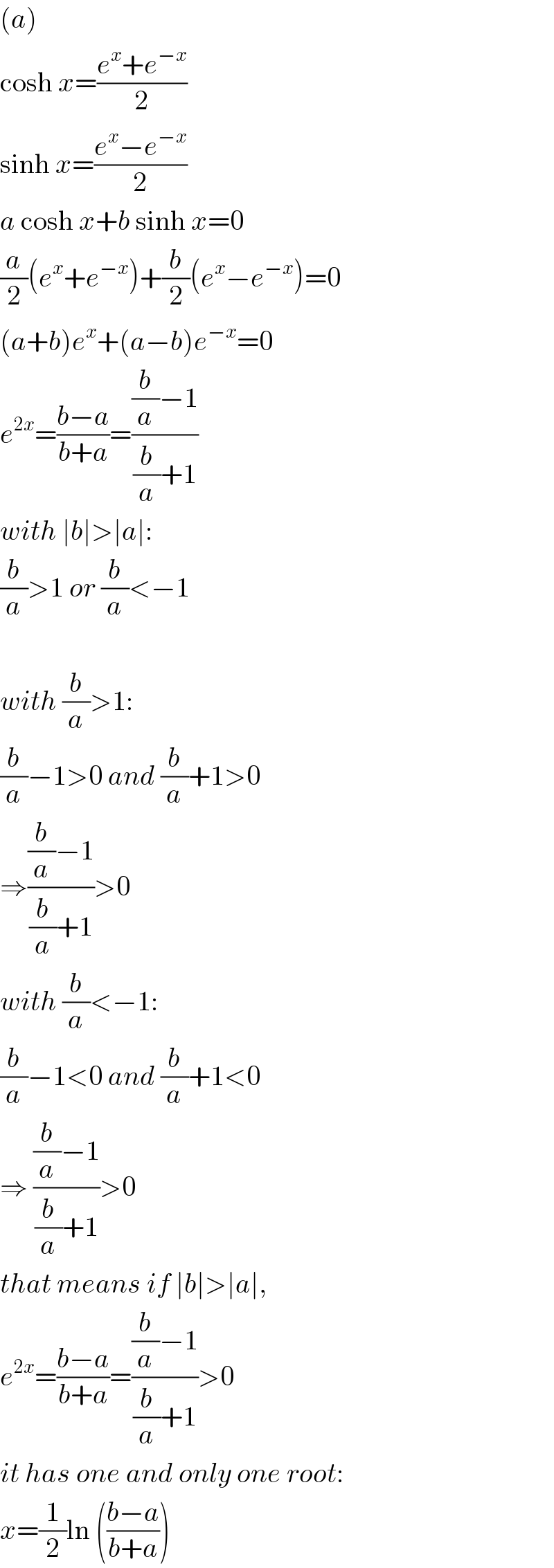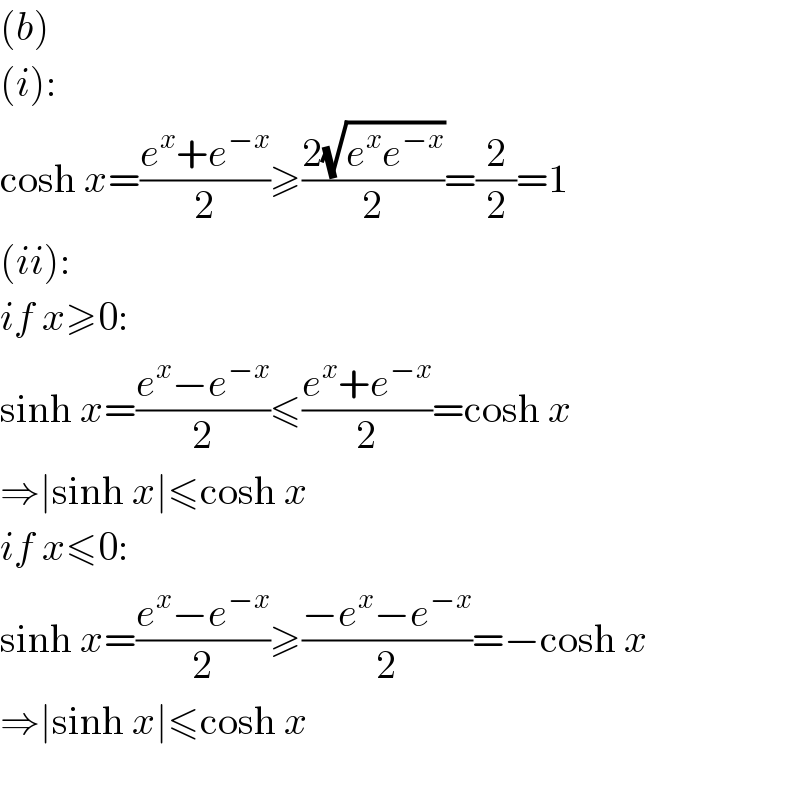
Question and Answers Forum
Question Number 80199 by peter frank last updated on 31/Jan/20

Commented by mr W last updated on 08/Feb/20

Answered by mr W last updated on 08/Feb/20

Answered by mr W last updated on 08/Feb/20

| ||
Question and Answers Forum | ||
Question Number 80199 by peter frank last updated on 31/Jan/20 | ||
 | ||
Commented by mr W last updated on 08/Feb/20 | ||
 | ||
Answered by mr W last updated on 08/Feb/20 | ||
 | ||
| ||
Answered by mr W last updated on 08/Feb/20 | ||
 | ||
| ||